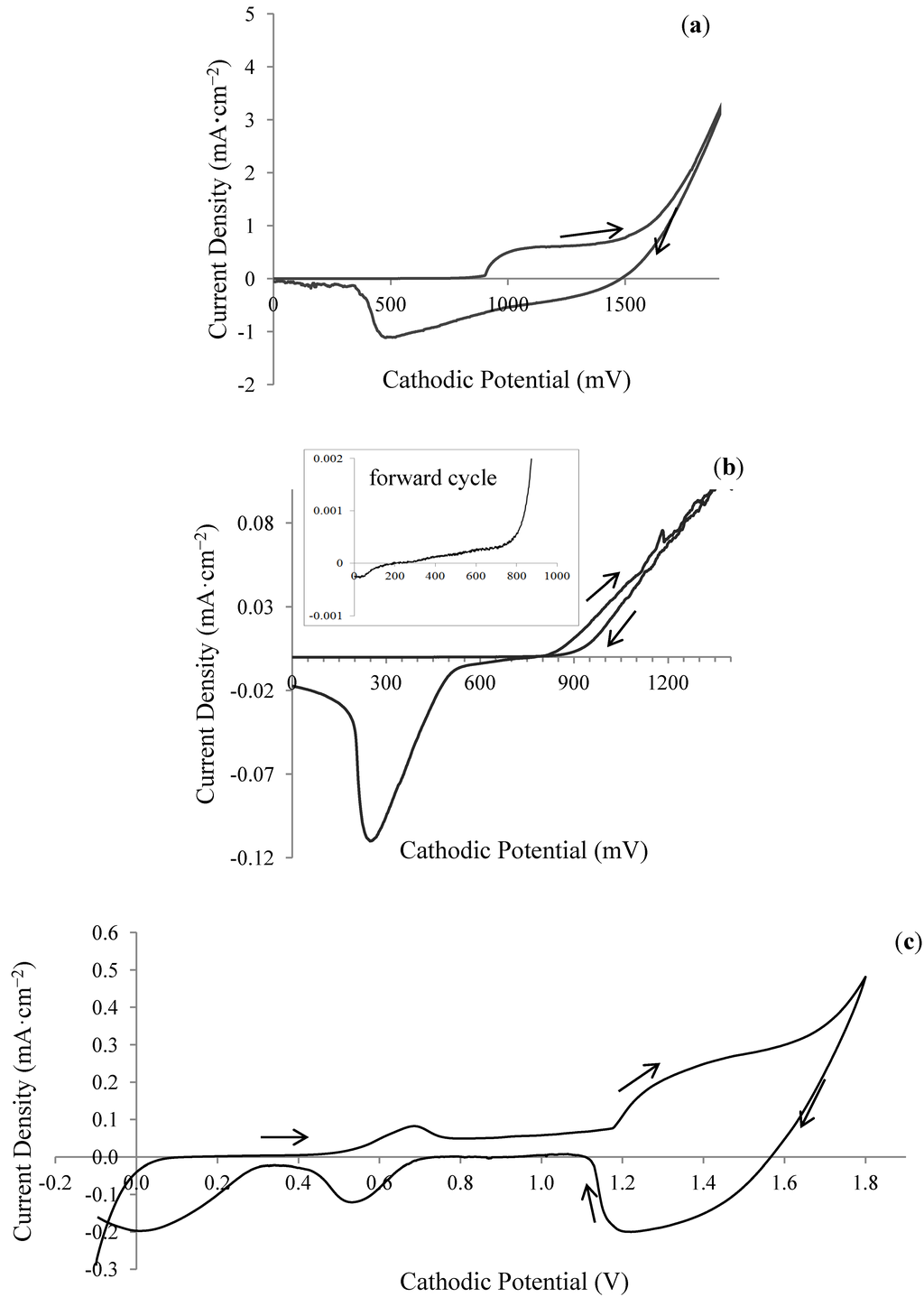

If Magnesium Fluoride is applied to the surface of crown glass at a thickness of 0.145μm – approximately one-quarter of a wavelength of green light in the middle of the visible band – the amount of light reflected drops from 4% to around 1%. Magnesium fluoride has refractive index of 1.38 which is close to the anti-reflective ideal index of refraction of 1.23. Magnesium Fluoride (MgF 2) is often used as a Broadband AR (BBAR) coating suitable for visible light applications such as the crown glass example discussed previously. Types of Anti-Reflective Coatings Single-Layer AR Coatings This ideal as possible for a given application. As a result, various techniques and methods have beenĭeveloped for selecting and designing AR coatings that aim to come as close to The exception is lasers which are tuned to a narrow band of wavelength ranges.Īn ideal AR coating with an index of refraction Many optical applications operate across a spectrum wavelength ranges, including infrared (700nm to 1mm), visible (400nm to 700nm), and ultraviolet (100nm to 400nm).

Suffice to say, a larger AoI will result in a higher index of refraction. The index of refraction depends on the Angle of Incidence (or AoI) while Fresnel’s equation is valid only for a normal angle of incidence. This ideal material would eliminate all reflection off of the crown glass. So, an ideal AR coating has an index of refraction equal to 1.23. Using Fresnel’s Equations for reflection, approximately 4% of the incident light is reflected at the air-glass interface.įresnel’s equations can be used to find the index of refraction for the ideal AR coating as the geometric mean of the product of refraction indices for air and crown glass. Using the speed of light in crown glass which is ~1.97 x 10 8 meters/second, the index of refraction for crown glass is calculated as 1.52. Air has an index of refraction of 1.0003. Take, for example, light traveling in air that encounters crown glass which is commonly used for lenses and optical components. The result is destructive interference of the reflected light or the elimination of reflection (see Figure 1). If the thickness of the thin film is a quarter of a wavelength of the lightwave (λ/4), then the light reflected at the coating-medium interface travels half a wavelength further than the light reflected at the air-coating interface. Light or R air-coating and R coating-medium respectively. Each of these reflections has a corresponding fraction of reflected

The interface, there are two reflections – one at the interface between the airĪnd the coating and another at the interface between the coating and the If a thin-film coating is applied to the front of Where c is the speed of light in a vacuum, and v is the speed of light in the medium.įresnel’s Equation defines the fraction of light that is reflected as follows: Each medium has an index of refraction that is calculated as follows: The amount of light that is transmitted and reflected is calculated using Fresnel’s Equations which are dependent on the indices of refraction for the air and the medium.

When a light wave traveling through air encounters a new medium, some of the incident light transmits through the medium, while some of it reflects off the interface between the air and the medium. We’ll review the basics physics behind how AR coatings work, introduce several common types of AR coatings and their applications and discuss the characteristics of AR coatings. AR coatings take advantage of the electromagnetic-wave properties of light to enhance transmittance. The physics of how light travels through a medium and behaves at interfaces between two different mediums dictates how an AR coating works and behaves. The coatings improve the efficiency of optical instruments, enhance contrast in imaging devices, and reduces scattered light that can interfere with the optical performance of telescopes, cameras, and binoculars, and decreases glare on eyeglasses. AR coatings are designed to maximize the amount of light that transmits or enters the surface while minimizing the light lost to reflection. It is typically used for optical applications where the coating is applied to the front of an interface between air and a lens, glass barrier, or mirror. An AR coating is an optical coating applied to a surface to reduce the amount of light reflected off the surface.


 0 kommentar(er)
0 kommentar(er)
